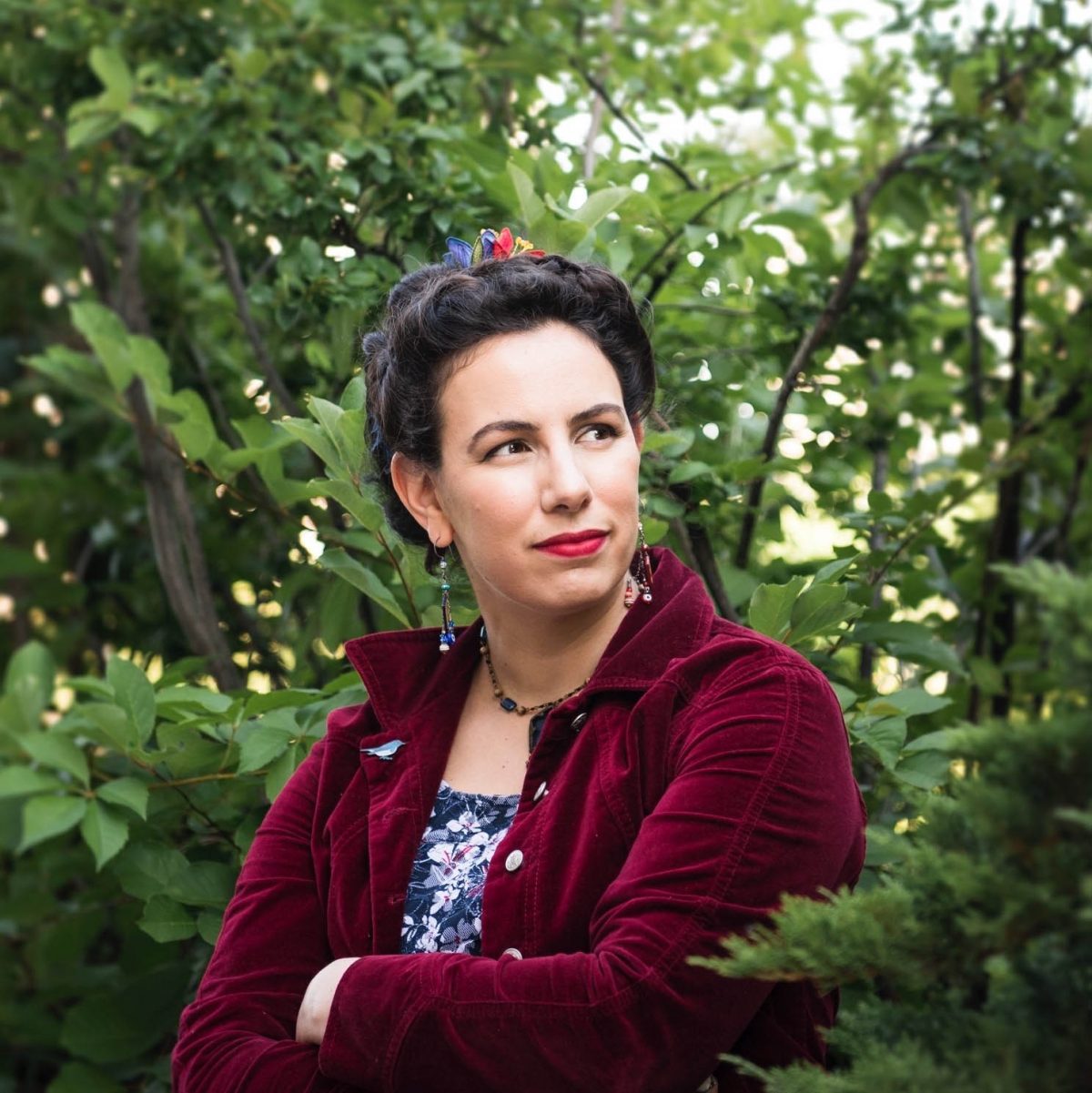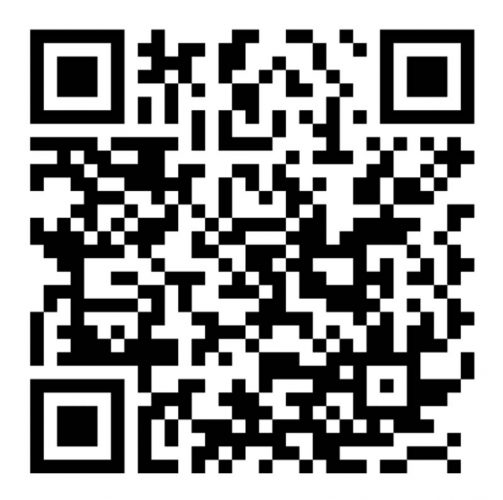Dear reader,
Did you know that February is International Correspondence Writing Month (InCoWriMo for short)? The point of this month-long challenge is to slow your communication down, return to pen, paper and post-office, and write one letter a day to anyone locally or abroad, stranger or friend.
I can feel your confusion. You came here to read about books, not letters! I understand, and I promise that by the end of this letter, I will talk about both. And since tomorrow is Valentine’s Day, I will talk about love letters.

Love letters have a millennia-long tradition. Perhaps you, too, dear reader, may have written a few in your day. Maybe you’ve made a hand-drawn card, or just sent out a loving WhatsApp message dotted with emojis, stickers and memes.
But what would love letters look like another millennium from now, as technology evolves and humans either sync themselves with machinery, or return to a sustainable but sophisticated nature-centred lifestyle, or both? What would happen if agents of these two possibilities go to war and fall in love? Where would they hide their letters, and how would they even write them?
Amal El-Mohtar and Max Gladstone speculate about this concept in their award-winning epistolary science-fiction novella This is How You Lose the Time  War. This book blends prose, letters, and creative steganography to create a riveting, amusing and sometimes heart-breaking love story in the time of war. It’s an excellent Valentine’s Day read. Here is what it’s about:
War. This book blends prose, letters, and creative steganography to create a riveting, amusing and sometimes heart-breaking love story in the time of war. It’s an excellent Valentine’s Day read. Here is what it’s about:
“On a span of blasted ground, she finds the letter. It does not belong. Here there should be bodies mounded between the wrecks of ships that once sailed the stars. Here there should be the death and dirt and blood of a successful op. There should be moons disintegrating overhead, ships aflame in orbit. There should not be a sheet of cream-coloured paper, clean save a line in long trailing hand: Burn before reading.” – p. 4
Red and Blue are the best espionage agents on their respective sides of the Time War. Red works for The Agency – a future civilisation where humans and artificial intelligence have merged into a hive-mind entity governed by the Commandant – which creates its people and keeps their consciousness floating on its servers, only decanting them when needed… Blue, in contrast, is an agent of Garden, an opposing society in a different part of the multiverse where a super-consciousness embedded in all organic matter plants its people across its own secure timeline. Both sides are fighting to dominate all of history to skew the past and ensure that only one of them is the sole possible outcome for humanity’s evolution.
The war is tiresome for the two women, who have long outclassed their allies and enemies alike. So, when Red receives a letter amid the carnage and destruction of her latest operation, her curiosity and desire for excitement overwhelms her caution. She reads the letter against her better judgment. Worse yet, she replies.
As they bounce from mission to mission across the strands of time and space — ending Atlantises, aiding Genghis Khans and spoiling the rise of great prophets — they find increasingly clever ways to hide and deliver their letters. At first, they use this steganography to taunt and tease each other as they thwart each other’s battle plans. But soon, their meddling blooms into curiosity, then empathy, then love.
Consorts with an enemy can only go on for so long. Soon, a shadow begins to follow them, and worse, the Commandant and Garden are getting suspicious, too. Red and Blue have a choice: to cease contact and continue fighting the Time War as they had before, or find a way to save themselves and keep their love alive.
Imagine my surprise
I must confess, dear reader, that when I picked up this book, I was expecting an epic, brutal, multiversal war between avatars of nature and machine. The novella did deliver that experience, but I was not expecting it to be a love story told by way of a blend of exposition and epistle. I am not alone in this. It seems like many readers were as surprised and delighted as I was, and it helped get us invested in Red and Blue’s tactics and budding romance.
This is a co-authored story, and I was equally fascinated by how El-Mohtar and Gladstone blended their writing styles across the chapters. In an interview, they said that El-Mohtar wrote Blue, and Gladstone wrote Red. To blend their styles, they made each chapter part exposition, part letter. In the exposition, they would give us an idea of either woman’s mission, the ways they found the other’s letters, and the effect the letter had both on the recipient and the world around them. Only then would we see the content of the letter.
While reading, I got a sense that the authors wrote this story together and enjoyed amusing themselves in the process. El-Mohtar bought her poet’s skill to Blue, who has a playful eloquence about her and is more literary in her lettercraft. Her words are confident and boastful, yet flowery and complementary. As they grow closer, it’s Blue’s letters that sell the romance, with its dreamy tones and syrupy words.
Gladstone is an equally powerful writer, and brings his experience with gaming and game writing to Red’s character and personality. Red is far more logical and straightforward, having been born and raised in a heavily technological society. At first her letters are stiff, rigidly following a letter-writing guide she found to aid crafting her reply to Blue. This stiffness goes away once she finds her own sense of humour, rhythm, and voice for their exchanges.
I especially appreciated the way Gladstone integrated pop-culture and scientific references into Red’s communications, from the nicknames she gives Blue to popular songs she attributes to “prophets”. She calls Blue her dearest “Blue-Da-Ba-Dee” in one letter, a reference to Eiffel 65’s song “Blue”, compares her to the blue Cherenkov radiation, and even “0000FF”, the hexadecimal colour value for pure blue. Red’s letters turn into a nerdy meme paradise to both show her personality, intelligence, and values.
The complementary styles and authorial chemistry of El-Mohtar and Gladstone made the book an entertaining and passionate read.
To love someone is to make them a part of you
Reader, I can talk forever about This is How You Lose the Time War. The story was well crafted and brilliant, but you may be wondering: what is the message about love here?
Well, Red and Blue begin as enemies, ignorant about each other save for the fact that they are on opposite sides of a war, and that they are each other’s greatest opposition.
But as their characters develop because of their correspondence, they begin to learn about each other, debunk shared stereotypes and misunderstandings about their worldsand themselves, and find common ground. This leads to empathy, and soon they begin exchanging little pieces of themselves, both literally and figuratively, their affection slowly tinting them purple.
To love someone is to give them pieces of yourself, and accept pieces in return. Love is about communication about even the weirdest or most abstract things. Love can be as brutal as war, or as gentle as leaves unfurling in a hot cup of tea. It’s both encompassing and beautiful.
Conclusion
This is How You Lose the Time War is a book that surprised and delighted me, dear reader. Amal El-Mohtar and Max Gladstone have done an excellent job of fusing science-fiction, contemporary references, and romance into a bingeable novella that feels so much longer than it actually is.
So, if you’re looking for any unconventional romance novels or are a sci-fi buff, or both, this book would make a perfect addition to your collection. Or to your love’s collection. Whatever your fancy.
Happy Valentine’s Day, dear reader. I’ll write you in March.
Sincerely,
Nikita
P.S.
Want to learn more about the book and the authors’ process? Scan the code below for an interview:
What to read more unconventional sci-fi with hints of romance? Read:
An Unkindness of Ghosts by Rivers Solomon
War Girls by Tochi Onyebuchi
The Effluent Engine by N.K. Jemisin


